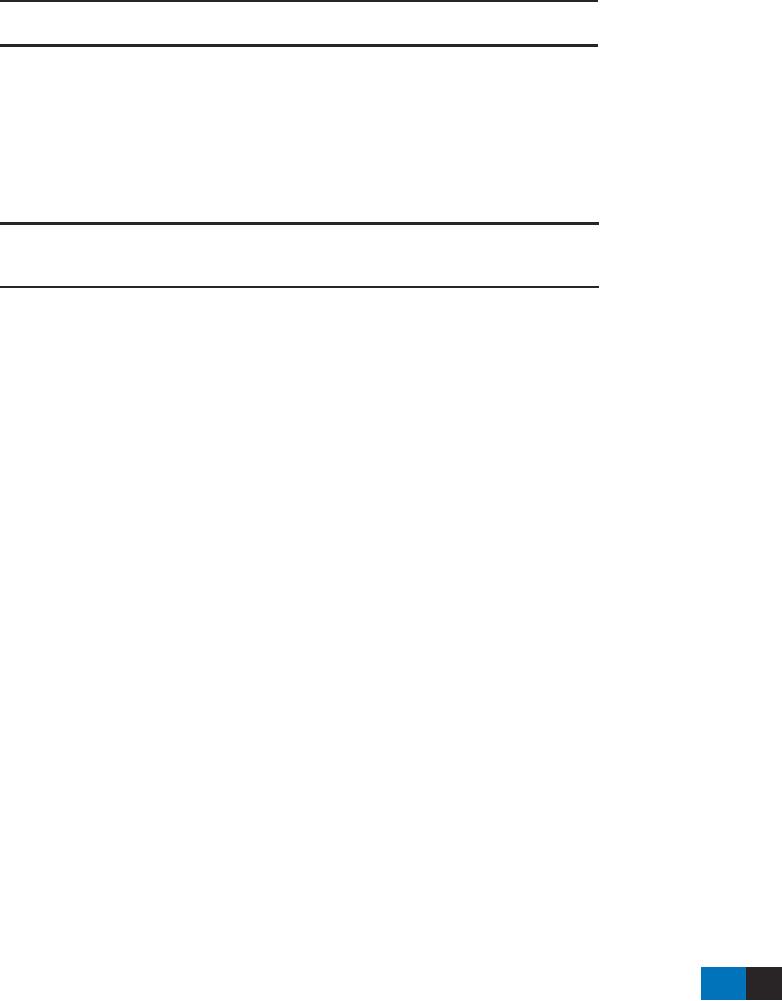
KKK-A-1822 E
standardization and interchangeability between similar vehicles, equipment, items, and accessories
specified for all ambulance units under each contract.
3.3
RECOVERED MATERIALS.
All equipment, material, and articles required under this specification are to be new or
fabricated from new materials produced from recovered materials. The term "recovered
materials" means materials which have been collected or recovered from solid waste and
reprocessed to become a source of raw materials, as opposed to virgin raw materials. None
of the above shall be interpreted to mean that the use of used or rebuilt products is allowed
under this document.
3.4
VEHICLE OPERATION, PERFORMANCE, AND
PHYSICAL CHARACTERISTICS.
3.4.1 OPERATION AND PERFORMANCE.
Unless otherwise specified by the purchaser, all requirements in Section 3.4 shall be met with
the ambulance loaded to meet or exceed the minimum specified payload including all specified
equipment and devices installed and operating at the maximum power-consuming condition,
i.e., air conditioning, lights, radio(s), etc., with the chassis performing in accordance with
the specified chassis manufacturer's technical data. The vehicle shall be capable of operating
safely and efficiently under environmental conditions outlined herein or as specified in the
invitation for bid, contract, or order. When specified by the purchaser for ambulances requiring
higher GVWR's to carry additional specialty equipment, e.g. medical; rescue; neonatal; (see
6.2-d), lower performance levels are acceptable in Paragraphs 3.4.6 through 3.4.8.2.
3.4.2 TEMPERATURE CONDITIONS.
The ambulance, including all required systems, equipment, and permanently installed medical
devices (except when medical devices are regulated by another agency) furnished inside the
ambulance, when serviced and maintained in accordance with the OEM manufacturer's
recommendations (4.4), shall be capable of being stored without damage or deterioration in
ambient temperatures of -34° C to 52° C (- 30° F to 125° F). Testing shall be in accordance
with AMD Standard 011.
1)
The ambulance and ambulance equipment shall be cold soaked for 6 hours at -34° C (-
30° F) followed by a 1 hour cold soak at -18° C (0° F). All of the vehicle's non-engine
powered equipment systems shall then be tested and operated at the -18° C (0° F)
temperature. The engine shall then be started and all remaining chassis and ambulance
systems shall be tested.
2)
The ambulance and ambulance equipment shall be heat soaked at 53° C (125° F) for 6
hours followed by 1 hour heat soak at 43° C (110° F). All the vehicles non-engine
powered systems shall then be tested and operated at the 43° C (110° F) temperature.
The engine shall then be started and all remaining chassis systems and equipment shall
be tested.
11
For Parts Inquires call Parts Hangar, Inc (727) 493-0744
© Copyright 2015 Integrated Publishing, Inc.
A Service Disabled Veteran Owned Small Business